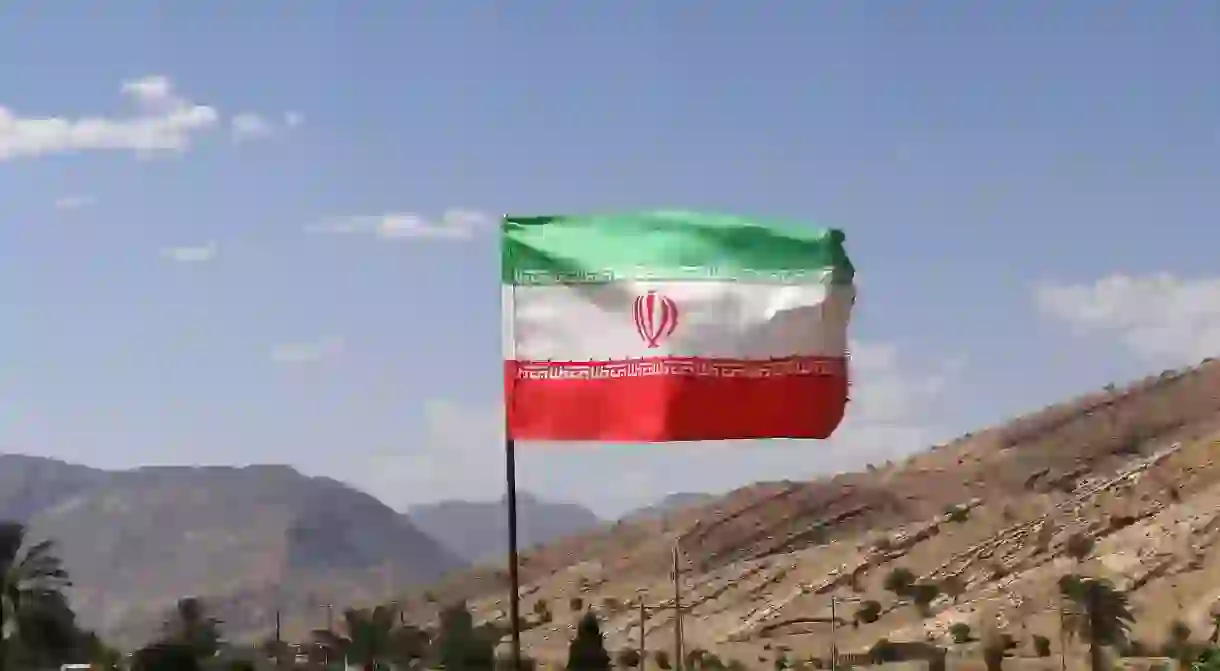9 Things All Iranians Are Proud Of

Iran has some of the friendliest, most hospitable people in the world. Despite the negative media attention and economic difficulties they face, Iranians are great patriots who would never trade who they are or their national heritage for anything. Here are just a few things that make all Iranians extremely proud.
Hospitality
“A guest is a gift from God,” and this saying takes a special position in Iranian culture. No matter if it’s a foreigner or fellow compatriot, Iranians are ready to give the best of what they have. This centuries-old tradition has intensified in recent years as more tourists come to satisfy their curiosity about this less-traveled destination and no doubt take back with themselves a lasting memory of Iranian hospitality.

Ability to retain the Persian language
Iranians preserved their language and kept it from becoming Arabic after the Islamic conquest. This accomplishment is credited to Ferdowsi, author of the epic poem Shahnameh (Book of Kings), which was written without a single word of Arabic. In fact, when a prominent Egyptian historian was asked why Egyptians speak Arabic today as opposed to Coptic, he replied matter-of-factly, “Because we had no Ferdowsi.”

Rice
Fluffy, fragrant rice is perhaps the most celebrated part of Persian cuisine. This staple starts with long grain rice from paddies in the north of the country, which Iranians swear is where the most aromatic kind grows. It’s parboiled and steamed before being topped with a layer of saffron-infused rice. And let’s not forget we have Iranians to thank for the life-altering tahdig, the crispy layer of golden rice stuck to the bottom of the pot.

Iranian diaspora
Uber CEO Dara Khosrowshahi, eBay founder Pierre Omidyar, the late Fields Medal recipient Maryam Mirzakhani, and former director at NASA Firouz Naderi are just a few names among a sea of Iranian diaspora accomplished in business, academia, science, architecture, design, and entertainment. By some accounts, Iranian-Americans are among the most highly educated in the U.S., with many in the tech industry having gained substantial influence in Silicon Valley. Needless to say, Iranians are proud of their fellow countrymen.

History
The significance and grandeur of Persepolis are embedded in the Iranian psyche and serve as a reminder of the ancient Persian Empire, once one of the most powerful in the world. This most civil of ancient civilizations is the birthplace of the Cyrus Cylinder, recognized as the world’s first charter of human rights that expressed tolerance and equality, and is a source of pride for Iranians who are descendants of great leaders such as Cyrus the Great, Darius, and Xerxes.

Wrestling
Wrestling has been practiced since ancient times in Iran and is, therefore, more than just the national sport. It’s a culture and ancient tradition in its own right, and wrestlers, known as pahlalvan (heroes), are highly respected and serve as role models in terms of morality, humility, and masculinity. Iran consistently ranks as one of the top nations, and while it claims many champions, no one can replace legendary wrestler Gholam Reza Takhti, whose picture is plastered widely around Iran and who has a place in everyone’s heart.

Architecture
Iran has a rich culture and beautiful, untouched nature, but these are just bonuses compared to what draws visitors the most—the architectural masterpieces. Whether it’s the grand mosques or the lavish palaces, funky bathhouse rooftops or ancient roadside caravanserais, Iran boasts some impressive historical buildings that tourists and nationals alike marvel at.

Literature
A poet is hidden deep within the soul of every Iranian. Timeless noble poets, such as Hafez, Sa’adi, Rumi, and Khayyam, as well as more contemporary literary artists, including Sohrab Sepehri, Ahmad Shamloo, and Parvin Etesami, continue to influence generations of new and aspiring poets. Tributes to them are widespread in Iran and abroad. Sa’adi’s Bani Adam (the Children of Adam) is inscribed above the entrance to the UN, and Goethe is known to have been greatly influenced by Hafez. While best read in the original language, Persian literature can be appreciated even in its translations.

Qanat
The qanatis an ancient network of underground tunnels that carried water to villages and farms that depended on it for existence. Only the holes that provided oxygen to the workers who dug these tunnels several hundred feet deep (if not more) by hand are visible from the arid desert. This 3,000-year-old painstakingly labor-intensive feat of engineering, a few of which still function today, allowed life to flourish in otherwise uninhabitable lands.














